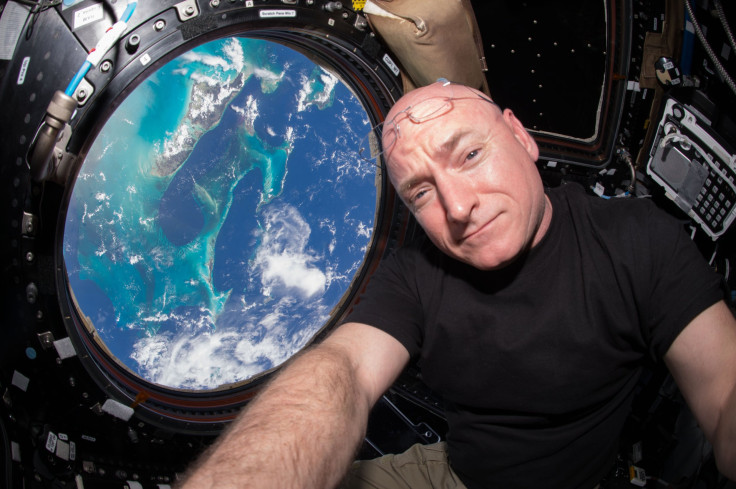Mission To Mars Update: Is NASA Closer To Sending Humans To The Red Planet? What The Space Agency Learned From A Recent Study

NASA appears to be one step closer to sending humans to Mars. The space agency reportedly remains intent on sending humans to Mars in the 2030s and it’s likely that those astronauts may spend over a year in space.
The plans to explore the Red Planet come amid fascinating new information about the impact of space travel. The results of a study last week revealed that outer space can change the fabric of human DNA.
The experiment, which examined biological samples from twin astronauts Scott and Mark Kelly, may provide insight on how human bodies are affected by prolonged time in space. Scott Kelly spent nearly a year on the International Space Station, while Mark Kelly stayed on earth. When Scott Kelly returned to Earth, NASA found that his chromosomes were altered in ways that were different from his brother's.
It’s not completely clear what any of this information really means, said Christopher Mason, a geneticist at Weill Cornell Medicine in New York City. But it remains important if NASA wants to achieve its Mars mission goal.
Currently, robotic missions take about eight months to go to Mars, but engineers are hoping that they create technology to speed up the process. Questions still surround the appropriate duration of a round-trip mission. NASA predicts that it could take one to three years.
Although NASA has considered establishing a human colony on Mars, the agency does not have plans to do so. That decision might change after the first mission, though, depending on what NASA finds.
One big challenge to sending humans to Mars is a safe landing. NASA does not yet have much information about the atmosphere on Mars, such as radiation levels, which might not be forgiving to humans. But questions about Mars will soon be answered by the Mars rover Curiosity, which is currently wandering the Red Planet, measuring radiation levels and testing Martian soil.
© Copyright IBTimes 2025. All rights reserved.






















